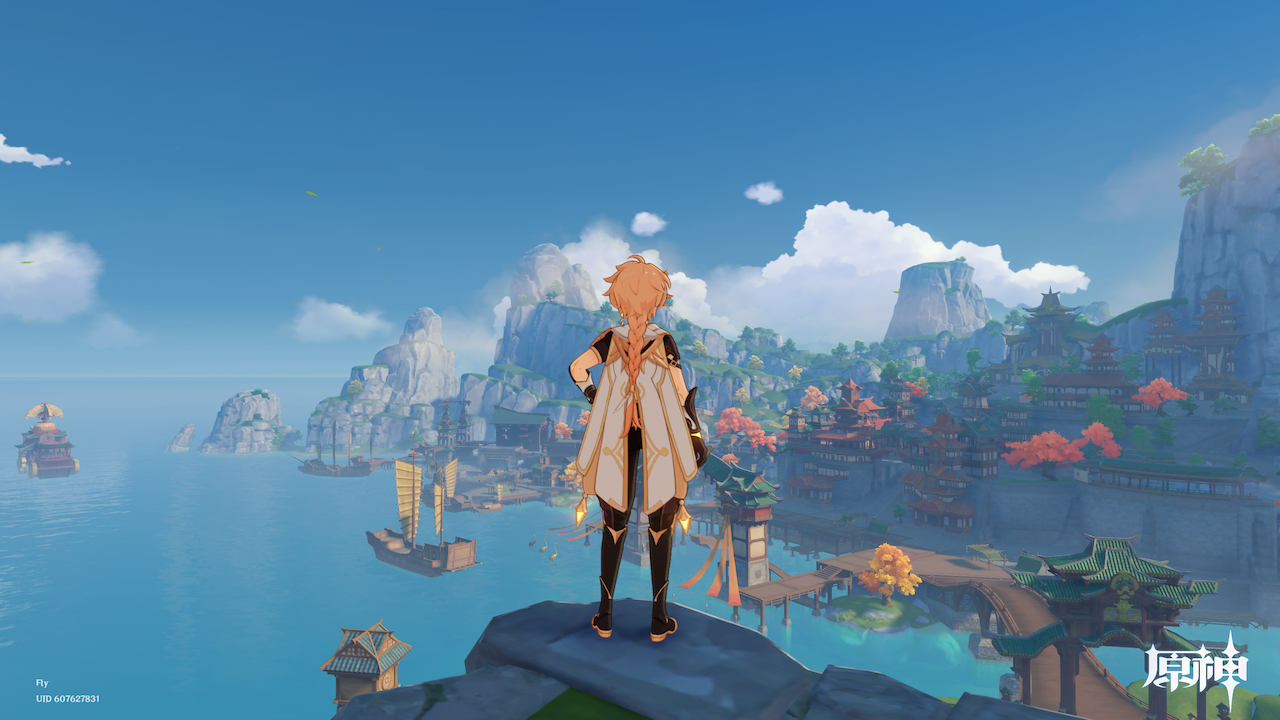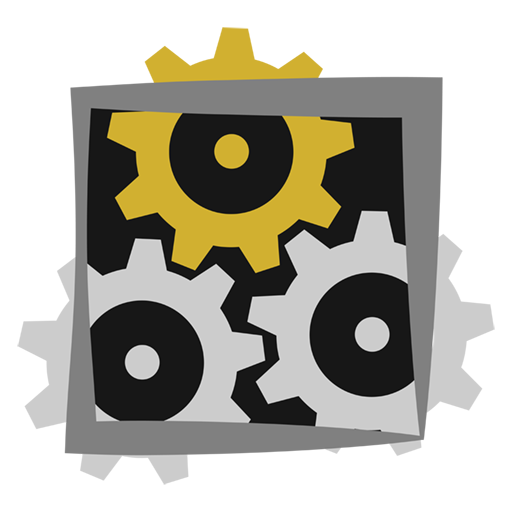
I was not moved when I saw ads for this game on Facebook. I was not moved when I saw articles on PCGamer and GameSpot about this game. But when I started seeing memes about Genshin Impact in multiple Facebook groups I was in, I knew I had to take a look at it. And oh my gosh it looks gorgeous.
As I explored the game, I wondered. Beneath its lustrous veneer which reportedly costed $100 million to produce, is there something I can learn from? This may come across as slightly ironic, as one of the biggest impressions people had about this game is that the game itself borrowed many elements of success from The Legend of Zelda: Breath of the Wild. Some people call it a copy on the similarities of the open world designs. But one of the reviews I read actually praised it. If you think Breath of the Wild is a great game, why wouldn’t you want more games like that?
So here I am, playing through a successful game while trying to borrow ideas from it, which in turn borrowed ideas from another successful game.
Announcements
It’s been a while since I wrote any updates. Progress on the game has mostly been slow throughout the past 9 months, but there are some exciting new developments recently. This has been enough to push me to start writing updates again.
I’ve managed to get my friend X to join the project! She offered to help after a very constructive debate session on the plot development of the game. This brings our tiny team to 3 people. X will mostly focus on creature and plant design.
Since now there are 3 people on the team, I’ve setup a Discord server for communications. This seems to be a cooler version of Slack for team chat.
Game Design
After watching a YouTube video on someone else’s journey of making a game, I was inspired to scrutinize the mechanics of Project Theta. I furiously wrote a 12-page doc analyzing popular games out there, and how Project Theta would be using mechanics from the successful ones. I came to the conclusion that I really liked the mechanics of Divinity: Original Sin II, so Project Theta will be somewhat of a grid based version of that. I especially liked how you can kill key NPCs and be left unable to progress in that game.
I’ve thought about having not only a day-night cycle, but a strict time-based event system where if you are late to a quest, you’ll fail it. However, since this kind of thing is rarely seen in games, I wonder whether this may be more detrimental to players just trying to have fun instead of enforcing a sense of event progression and urgency. I’ll have to see how it is down the road.
I should also play Divinity: Original Sin II myself. So far I’ve only based my impression on YouTube videos on it. Too bad that I just missed a sale on it. I guess I’ll play more Genshin Impact in the meantime.
Coding

After working on the game code on-and-off a couple months at a time, I finally managed to get the 3D tilemap system in a usable state. It could still use some improvements, but all the building blocks for constructing the initial town, Ion, should be there. I’ll be working with our artist Y to start importing her tile assets into the editor.
The tilemap system took well over a year to code, and I had frequently doubted whether it was worth the time investment. I don’t have to anymore, as it now covers most if not all features offered by Unity’s existing 2D tilemap system. In addition, it supports features I need for the game like:
- Dynamic loading in chunks, to support seamless loading in an open-world game.
- Subclassable tiles supporting attributes on each tile (e.g. custom tile collision, tile visibility settings, etc.).
- Subclassable base tiles supporting common attributes on each type of tile (e.g. model for each tile type, so swapping out a model changes the model for all existing tiles).
I want to make a game where each tile would have some attributes attached to them in combat. For example, fire attacks are more effective when target is standing in a bush. It is just impossible to extend Unity’s built-in tilemap system to do what I want in a satisfactory way. While I don’t like how long developing this system took me, I don’t have any regrets, either.
I can probably write several posts on my adventure of developing Unity editor tools. Unity doesn’t have a lot of documentation on editor tools, and I’d like to help others avoid the holes.
Art
Y has been working on the art guidelines, for overall consistency of style in the game. It looks like the game will be going for a hand drawn, line style sort of aesthetic. Which is absolutely my favorite. Hopefully I can show them off by the next post.
Narrative
I’ve done a bit of polishing on the plot too, up to the point where the planned demo ends. I look forward to turning it into a dialog format. Will the techniques I learned from high school on how to turn a narrative into a play finally be useful? I wait with bated breath.
